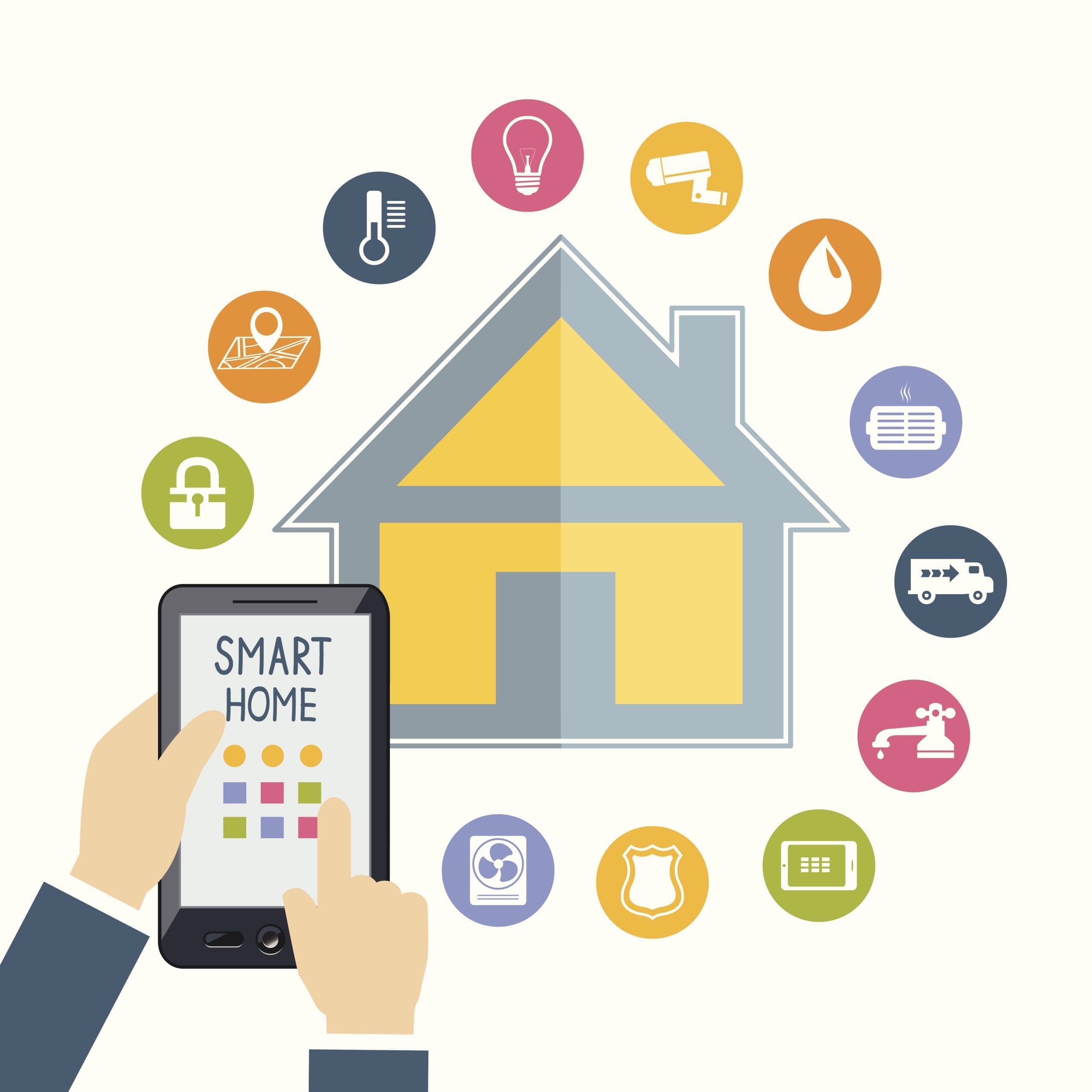In the world of smart homes, an array of devices and technologies await to make our lives more convenient and efficient. However, as the number of smart devices increases, so does the challenge of managing different languages and ensuring seamless communication among them. In this blog post, we will explore the magic of integrating multiple smart technology languages in a single smart home. Overall, by unifying these languages, you can unlock the true potential of your smart devices and create a harmonious, interconnected living experience.
1. What are Smart Technology Protocols?
Smart technology languages are what smart devices use to communicate with one another and the central control hub. Some common languages include Wi-Fi, Zigbee, Z-Wave, Bluetooth, and Thread. Each language has its strengths and limitations, and some devices may only support specific languages. In short, integrating multiple languages allows you to choose from a wider range of smart devices while ensuring compatibility and smooth operation.
2. Expanding Smart Device Compatibility
Integrating multiple languages opens up a vast array of devices that can coexist within your smart home. Whether it’s smart lighting, thermostats, door locks, sensors, or entertainment systems, you can mix and match devices from different manufacturers, selecting the best options that suit your needs.
3. Enhancing Reliability and Resilience
By spreading your smart devices across various languages, you create a more resilient and reliable smart home. If one language experiences interference or connectivity issues, then other devices on different languages can continue to function with minimal fuss. This redundancy ensures that your smart home remains operational even in challenging situations.
4. Centralized Control with a Smart Hub
A smart hub acts as the central brain of your smart home, unifying the various smart devices and languages under one platform. Through the hub’s interface, you can control, monitor, and automate your entire smart home with ease. Additionally, the hub translates the different languages into a common language, allowing for cohesive communication among your devices.
5. Seamless Automation and Scene Creation
Integrating multiple technology languages enables you to create intricate automation and scenes within your smart home. For example, you can create a “Good Morning” scene that turns on specific lights, adjusts the thermostat, and starts your favorite playlist, all with a single voice command or tap on your smartphone. The seamless interaction between devices from different languages enhances the immersive experience of your smart home.
6. Security and Privacy Considerations
When integrating multiple languages, it’s crucial to prioritize security and privacy. In particular, ensuring that the smart devices you choose have robust security measures in place, such as encryption and authentication protocols, to safeguard your data and privacy. Additionally, keep your devices and hub’s firmware up to date to protect against potential vulnerabilities.
7. Professional Assistance for Seamless Integration
Integrating multiple smart technology languages can be a complex task. Seeking professional assistance from smart home integrators can streamline the process. Specifically, these experts can help you select compatible devices, set up your smart hub, and ensure that all languages work well together, providing you with a hassle-free and optimized smart home experience.
Conclusion
In conclusion, integrating multiple smart technology languages in your smart home unlocks a world of possibilities. From expanding device compatibility and enhancing reliability to creating seamless automation and personalized scenes, the magic of integration transforms your home into a smart living space. If you leverage a smart hub, then you can weave together the diverse threads of smart technology languages, creating an interconnected home that caters to your unique needs and preferences. Embrace the power of integration and watch your smart home come alive with the harmony of technology and convenience.


No responses yet